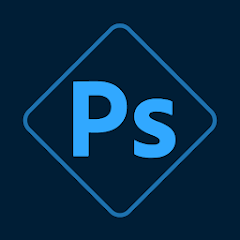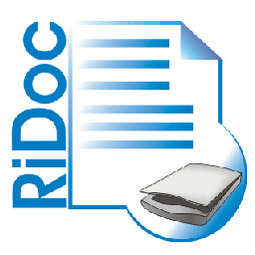The image editing title belongs exclusively to Adobe Photoshop. Photoshop gives all users including graphic designers and photographers as well as casual picture enhancers access to numerous tools which enable the realization of creative concepts. The massive user base worldwide selects Photoshop as their main software tool because it excels in both photo editing basics and digital art creation.
The following article discusses Adobe Photoshop features together with its benefits alongside its practical applications alongside its continued importance for creative professionals.
What is Adobe Photoshop?
The Adobe Inc. development team has created the raster graphics editor software Adobe Photoshop. Traił users adopt Photoshop because of its versatility in photo editing, digital painting, graphic design and animation functions. The software was originally launched in 1988 and later developed into an extensive application which targets novice users as well as expert users.
Key Features of Adobe Photoshop:
Users can arrange pictures through Layers and Masks for non-destructive modification.
Selection Tools enable users to perform easy cutting and element manipulation tasks.
Users can employ retouching and healing tools to discard imperfections together with undesirable objects and wrinkles from their images.
Filters & Effects – Apply artistic touches and enhancements.
AI-Powered Tools – Smart selection, neural filters, and content-aware fill.
Brushes & Digital Painting – Create custom artwork with advanced brushes.
The program enables users to work with three-dimensional objects while adding realistic textures through 3D Design & Compositing.
Integration with Adobe Creative Cloud – Seamless workflow with other Adobe apps.
Why Use Adobe Photoshop?
1. Professional Photo Editing
Users can manipulate images at a high level of precision through Photoshop because it enables both retouching and enhancement features. People who wish to work with high-quality image outcomes should use Photoshop because it provides the most effective editing tools available for this purpose.
2. Versatile Graphic Design Capabilities
The software provides designers of all skill levels with maximum flexibility for generating their designs through logos and posters or web graphics and social media content.
3. Advanced Digital Painting
The brush features in this software react to different amounts of applied pressure thus becoming the perfect tool to draw sketches and create paintings.
4. Seamless Integration with Adobe Suite
Photoshop provides seamless operation for all users who work with Illustrator and Lightroom and After Effects to achieve an automated creative workflow.
How to Use Adobe Photoshop
1. Download and Install
Users can access the official Adobe Photoshop website to obtain the current version for download.
Open the software after its installation.
2. Open a New Project
The file menu contains New which enables users to start new projects.
Set dimensions, resolution (300 DPI for print, 72 DPI for web), and color mode (RGB for digital, CMYK for print).
3. Learn the Basics
A new method involves moving elements with Move Tool (V).
Users can select image parts through the combination of Magic Wand (W) and Lasso Tool (L).
The Clone Stamp Tool possesses the function to duplicate image components (S).
Duplicating and retouching operations are both accessible through the Brush Tool (B).
4. Work with Layers
Different elements in your project remain unaffected throughout by using layers to make edits.
Non-destructive picture editing can be achieved through the usage of layer masks.
5. Export Your Work
Access the Save As option under the File tab to save your current work.
Different options for file format include JPEG, PNG, PSD and TIFF which you can select according to your specific needs.
Common Issues and How to Fix Them
1. “Photoshop is Running Slow”
Increase RAM allocation in Preferences.
Reduction of image dimensions remains an optimal strategy.
Disable unnecessary plugins.
2. “Image Looks Pixelated”
Users must set their printer resolution to 300 DPI for printing purposes.
Work with high-resolution images.
3. “Photoshop Won’t Open Files”
Verify that the file format gets support from the program.
Your Photoshop application requires an update to the newest version release.
Conclusion
The software tool Adobe Photoshop functions as an essential requirement for both photographers and designers and artists. Photoshop contains every tool needed to develop the creative ideas of users who work with photo editing and digital art production and marketing material design.






Leave a Reply